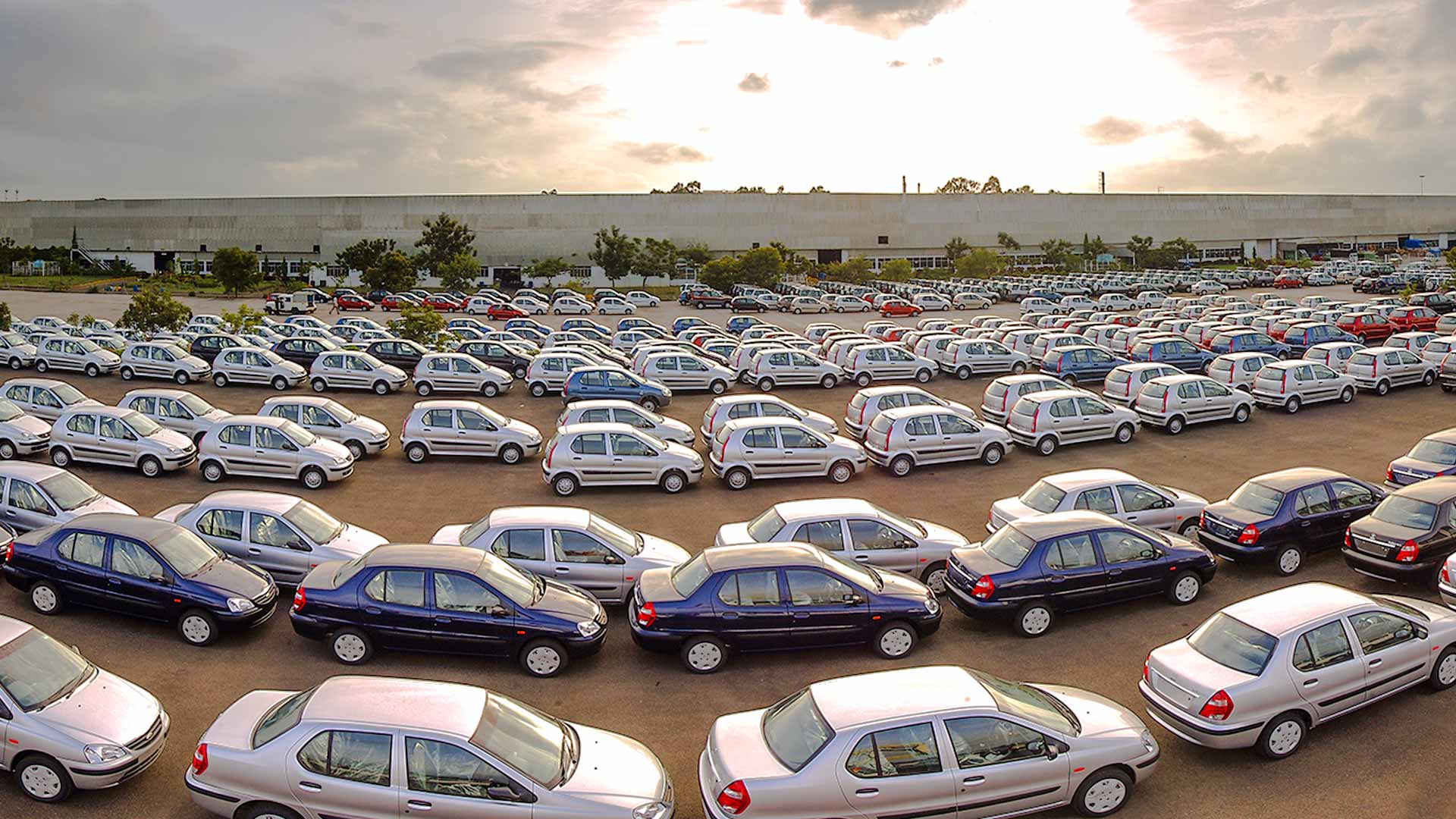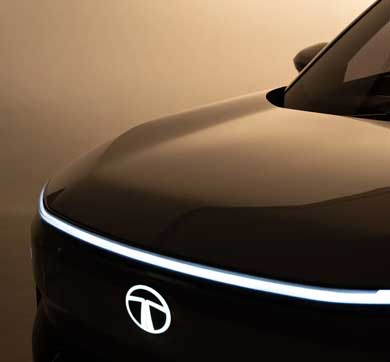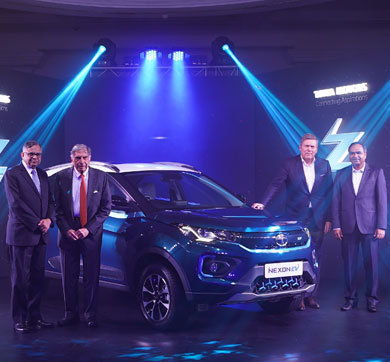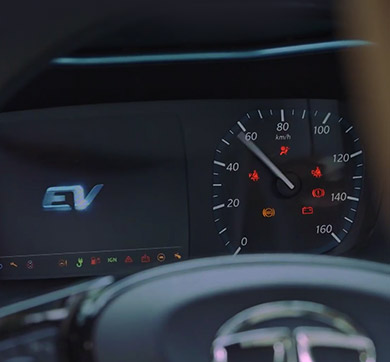September 2022 | 1344 words | 5-minute read
Many decades ago, the author Irving Stone titled his famous biography of Michelangelo ‘The Agony and the Ecstasy’ to capture the extreme emotional states that this genius experienced throughout his life. The same title best describes the first three years of the life of the Tata Indica.
Initially there were several accolades, including record bookings that resulted in strong market shares. But dark clouds quickly gathered on this sunny horizon, and the company had to suddenly deal with the wave of unanticipated consumer complaints. Essentially, these revolved around several product quality issues that cropped up immediately after the launch.
Several consumers called in, complaining of high noise and vibration levels in the car. There were problems relating to winding the windows up and down. The performance of the engine came in for criticism. Word of mouth was quickly turning from highly positive to highly negative. Some Tata Motors veterans recall that this was not just a few isolated cases but a flood of angry complaints. They wince, even today, when they speak of how customers turned violent at several locations. On the back of such negative feedback, sales of the Indica plummeted during the year 2000-01. Tata Motors announced its largest ever loss of Rs 500 crore during that year, and a few experts promptly blamed this loss on the failure of Indica and the company’s decision to enter the passenger cars market.
The competition became hyperactive and began to write premature epitaphs for the Indica. A constant refrain heard in those days was that Tata Motors and Ratan Tata had made a big mistake in betting on an indigenously made car. And there is of course no dearth of condescending Western and Indian minds who never miss an opportunity to take potshots at India and other developing nations, which remain, in their minds, lands that are best suited to snake charmers, forests and elephants.
So, was this the sad end of the Tata dream to make India’s first car? Would it spell disaster for Tata Motors, which had made the back-breaking investment of Rs 1700 crore in the Indica project? Like the Titanic, had the Indica hit a fatal iceberg? Would it now drag down with it one of the most venerable companies of the Tata group?
The meeting at the Taj
These were the heavy thoughts playing on everyone’s mind when Ratan Tata called an emergency internal meeting at the Taj President Hotel in Mumbai, to take stock of the unfortunate situation and chart the way forward. Memories of that session are still vivid in the minds of many. Senior team members were encouraged by the chairman to vent their feelings of what had gone wrong, for as long as they wished. Many of them were sharply self-critical. It was clear that the huge financial loss had touched their souls, and the mounting customer complaints had hurt their pride. But, deep within, there was great resilience, undying hope, a commitment to make the venture a success.
But, deep within, there was great resilience, undying hope, a commitment to make the venture a success.
Ratan Tata then steered the meeting in the direction of the improvements that were required. The conversation quickly converted on to what the team should address immediately. There was acknowledgement that some specific design flaws had to be rectified, even if this meant alterations in the basic design.
In the meanwhile, ‘retrofit camps’ were organized, where over 45,000 Indica cars were repaired, with forty-two parts being replaced entirely at the company’s cost. Customer meets were held in every nook and cranny of the country, with a patient ear being given to every angry customer, and solutions being offered wherever possible. Senior managers from marketing, design and manufacturing teams participated in these meets.
The Tata Motors team knew that pride and survival were simultaneously at stake. Of course, the company had stumbled and had to pull itself up very quickly. The chairman was leading this effort from the front, and all product changes necessary had to be implemented on a war footing. There was some writing on the wall already, and there was little time left to erase it.
At Formula-1 speed
If courage is required to launch a breakthrough exploration into unknown lands, guts of steel are required to sustain the voyage when it runs into such rough seas. The team at Tata Motors proved itself equal to this daunting task. Working with Formula-1 like speed, they developed and implemented the required design changes. Vendors produced these altered parts. A new, robust Indica was ready by 2001, with key quality problems having been eliminated. It was launched in the market as Indica V2.
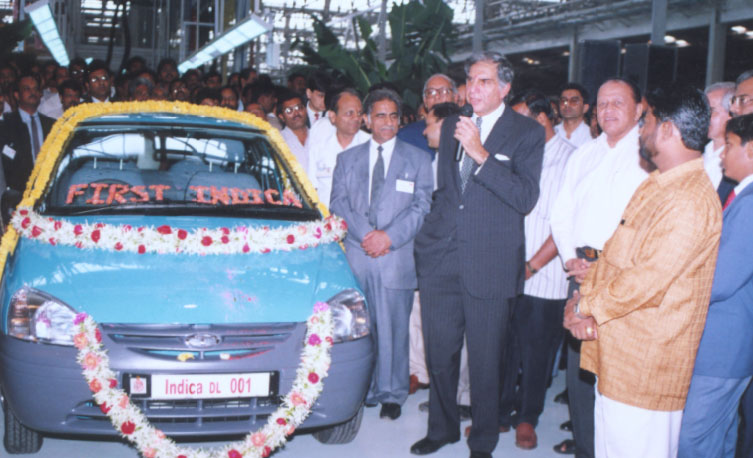
The word V2 announced the change loud and clear. This was also a technical sounding suffix, therefore appropriate for a car. If Indica had been ‘More car per car’, the new Indica V2 was ‘Even more car per car’. A fantastic television advertisement, which highlighted the product features of the new car, even as it re-emphasized the many positives of the original Indica, also helped build consumer conviction.
The V2 impact
The impact of the Indica V2 was extraordinary and immediate. It marked not merely the revival of the Indica but its brilliant success. It became the fastest-selling automobile in Indian history when it completed sales of 100,000 cars in less than eighteen months. Despite an overall economic slowdown in 2001, it recorded a growth of over 46 per cent in that year, whereas most international competitor brands clocked only single-digit growth during the same period. The market share zoomed over 20 per cent during the year 2001-02.
The commercial success was accompanied by other accolades too. Ratings of the Indica V2 by the JD Power study, a fiercely independent and widely respected review of cars, jumped dramatically. The 2003 JD Power India customer satisfaction study ranked the Indica diesel car as the best in the operating costs category, even ahead of the market leader, Maruti 800. The reputed television programme BBC Wheels declared the Indica the ‘best car in the Rs 3 lakh to Rs 5 lakh price category’.
The confidence was back, there were big smiles all around. There had been a rather large hiccup, but the team at Tata Motors had proven itself more than equal to it. India’s first indigenously designed car had conclusively proven that it was an indisputable success.
More than the Indica
The Indica transformed Tata Motors from a successful truck maker to a modern automobile company, very sensitive to the pulse of consumers. A series of cars and SUVs have since been launched by the company in the wake of the Indica, including the Indigo, the Vista, the Manza and the Aria. And, of course, the Nano, which has received universal acclaim as one of the most significant innovations in cars after the Ford Model T. Today, Tata Motors consistently occupies either the second or the third rank in the large Indian cars market, and the day is not far when (and here we borrow a phrase from Turin) it will aim to be Numero Uno.
The Indica transformed Tata Motors from a successful truck maker to a modern automobile company, very sensitive to the pulse of consumers
The Indica also served as the perfect catalyst for transforming the car industry in India, ushering in the modern era, in the wake of economic liberalization in the country. It established the supply chain for the indigenous manufacture of cars by developing a range of competent vendors and collaborating with the best names in the world. This has served as a natural platform for many other global brands of cars to make their entry into India. It reestablished Indian pride in engineering and manufacturing.
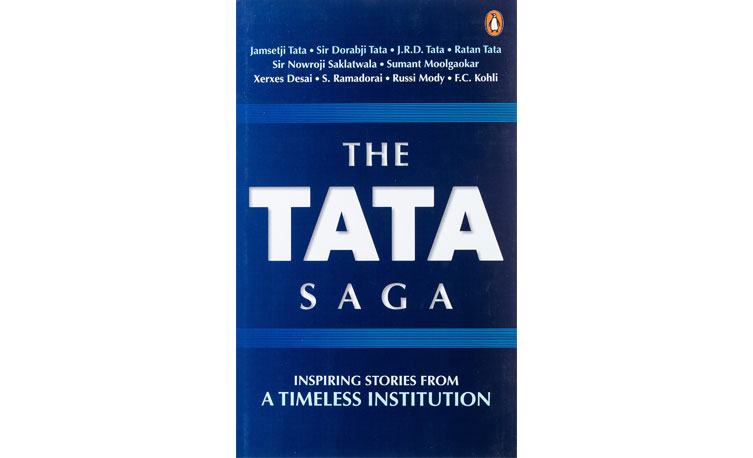
By making India one of the few countries in the world to produce its own indigenously designed car, it emphasized that the engineering sector in the country was alive, vibrant, and kicking.
It became a symbol of Indian prowess in developing world-class consumer products. The Indica was yet another pioneering venture by the Tata group, going where no Indian company had gone before.
Excerpted from 'The Tata Saga: Inspiring Stories from a Timeless Institution' edited by Harish Bhat and published by Penguin




